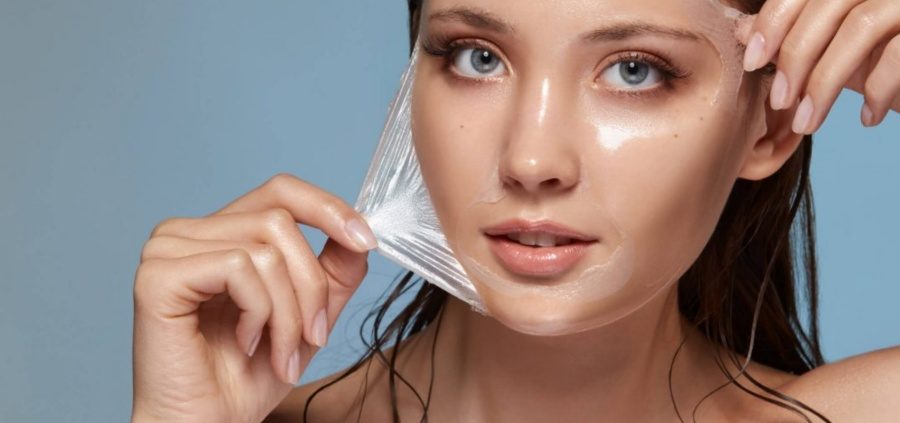When you hear the terms “chemical” and “peel,” you generally don’t think of cosmetic procedures for your face. Chemical peels may seem frightening, but they provide a number of skin health and aesthetic benefits. Chemical peels are quite flexible, which is one of their best features.
A good chemical peel improves skin tone and texture, helps with chronic skin problems, and even has anti-ageing properties. In general, peels are a cost-efficient and successful cosmetic dermatological procedure.
If you are looking for best treatment in Indiranagar you must consider visiting drswethacosmodermcentre.com. One of the top dermatologists at Indiranagar.
What is a Chemical Peel & Why Would I Get One?
If you’ve never had a chemical peel before, you might be unsure what it entails. Chemical peels are, in a nutshell, exactly what their name implies. They’re chemical-based facial treatments that peel away layers of skin to expose healthy, new skin beneath (typical components include salicylic acid, glycolic acid, and trichloroacetic acid).
Chemical peels come in a variety of forms. You can choose a chemical peel that is very light (just the surface of the skin) to improve uneven skin tone and other mild symptoms, or a chemical peel that is deeper to address fine lines, wrinkles, scars (including acne scars), adult acne symptoms, and other concerns, depending on your specific needs and your dermatologist’s recommendation.
Am I a Good Candidate for a Chemical Peel?
Chemical peels can help to enhance the look of a variety of skin tones and texture issues. Peels, on the other hand, aren’t suited for every cosmetic requirement. Chemical peels aren’t suggested if your scars or wrinkles are particularly deep, and they won’t tighten sagging skin.
Chemical peels are generally safe for those who are in good health, however there are several health problems and skin features that make them less effective and increase the risk of side effects, such as:
- Acne patients who are taking isotretinoin as a therapy
- Individuals with a personal or familial history of aberrant scar tissue, such as keloid scarring
- Anyone with open sores, lesions, infections, or poorly treated chronic skin problems who is nursing, breastfeeding, or actively trying to get pregnant
- People who spend a lot of time outside and are exposed to the sun
- Individuals with a naturally darker skin tone may be more vulnerable to pigmentation issues as a result of chemical peels.
What Should I Expect After My Chemical Peel?
Chemical peels are popular, but they’re not for the faint of heart. After a chemical peel, there is specific post-procedure care that must be followed.
To effectively treat your chemical peel, you must first understand what to anticipate. Consider the following example:
- Mild to moderate redness in your skin
- Mild stinging feels which is bearable
- Follow up with dermatologist after 3-4 days of the peels
- Make changes in your skin care routine, recommended by dermatologist
- Avoid cosmetics as much as possible for the first 1-2 weeks.
- Don’t Forget to Wear Sunscreen!
- High temperatures and overexertion should be avoided. “You shouldn’t allow hot water to touch your face since any irritation might boost post-inflammatory hyperpigmentation (PIH),” You need to keep the skin calm. We Recommend that you avoid taking hot showers and instead use water that is room temperature or cooler.
- Be patient — it takes time to see true results.
Schedule an Appointment at Dr Swetha’s Cosmoderm Centre in Bangalore.
When you’re ready to learn more about your chemical peel choices, contact the professionals at US Dermatology Partners. We are pleased to provide individual consultations and treatment planning sessions.


